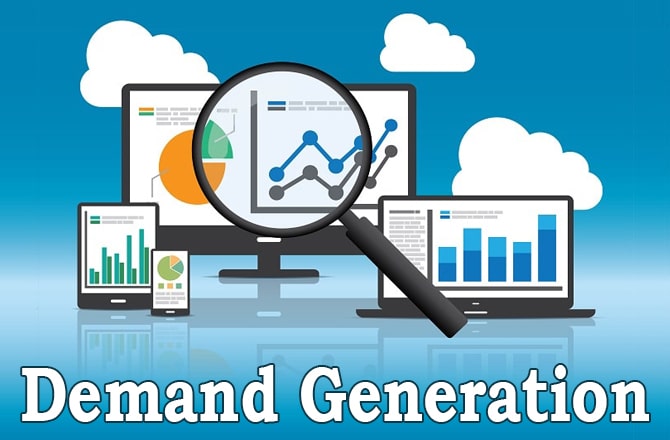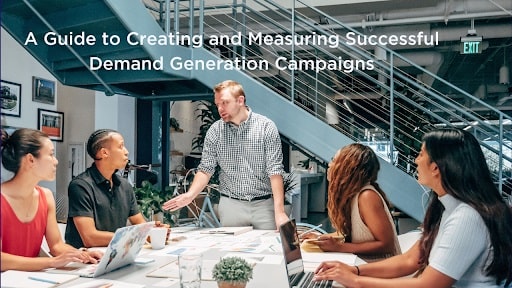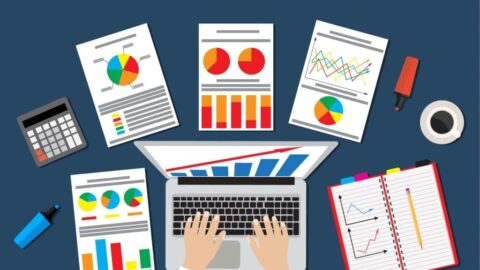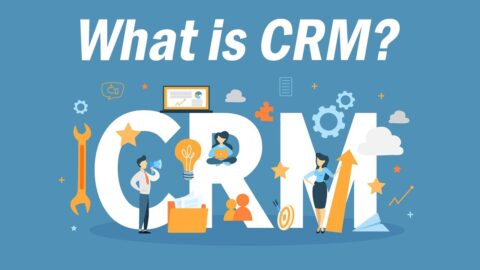A Guide to Creating and Measuring Successful Demand Generation Campaigns
One powerful tactic that sales and marketing like to use is lead generation. That entails identifying people who may have an interest in your product. The next is to contact them and nurture them to convert them into customers. If the teams use the strategy well, the success rate can be quite high. The challenge with lead generation is that the power resides in the customer. They can choose to engage with your brand or not. A more effective strategy is demand generation, specifically, B2B demand generation campaigns. The aim is to get the customers interested in your brand/offering so that they come to you. That means you need to concentrate on the top of the sales funnel.
Table of Contents
At this stage, customers are in the awareness or knowledge-seeking phase. They are looking for an answer or solution to a problem they have. The prospective customer will move further along the funnel if you provide an answer.
When they reach the middle, the sales team can swoop in and start the nurturing process. As you can imagine, demand generation is quite a fascinating strategy.
We will show you how to build and measure successful demand generation campaigns.
Exploring Demand Generation
Even if you are not an avid angler, you understand why the fisherman uses bait. The action of dangling that lure into the water attracts the fish. The fish get curious to see and take a nibble of the enticing bait. True, it doesn’t end well for the fish, but you will understand why we use this analogy.
Demand generation is the dangling of ‘bait’ to attract interest and curiosity. Like the case above, the goal is to snap the customers up and keep them forever in your brand.
So if you look at demand generation from a brand perspective, two things need to happen.
There must be awareness creation.
When you go to the supermarket, you already know what brands you will buy. That is because customers prefer to transact with brands they know and trust. So, if the market does not know you, the chances of selling are pretty low.
You must also create interest in what you have to offer. What little extra makes your products or services better than the competitors? A pair of sneakers is, well, nothing more than a pair of sneakers. But, if you see top influencers wear the same, the shoes will immediately get new status. That is why influencer marketing is such a powerful demand generation tactic.
The same applies to content generation. Let’s look at B2B demand generation. Take the case of an influential CEO endorsing a product. It could be through testimonials, word of mouth, or positive reviews. That is a powerful way to generate interest and awareness.
Beyond that, demand generation provides an opportunity to educate and build trust. Lead generation is more about brand value and capturing contact information. The teams must also nurture prospects and convert leads to customers.
What you will notice is demand generation runs throughout the sales funnel. True, the most critical start is at the top of the funnel. Yet, tactics like videos, testimonials, and influencer marketing are vital demand generation tactics.
Indeed successful campaigns need a mix of lead and demand generation.
We now have clarity on demand generation. Let’s go to the next part of how to build successful campaigns.
Creating Potent Demand Generation Campaigns
You must have a strong strategy for your demand-generation campaigns for success. Lay the foundation by following the steps below.
Determine your goals
You always work backward by clarifying what you hope to achieve in the end. What are the goals you have for your demand generation marketing? For many brands, the most obvious will be creating brand awareness.
But you can go deeper into the type of goals, including:-
- Increasing engagement with customers
- Improving website traffic
- Building organic audiences
- Encouraging trial signups
- Boosting lead qualification
- Fast-tracking prospect to lead conversions
- Attracting high-value leads, etc.
The reason why goals are critical is that you have something to work towards. But it also helps to have performance indicators (KPIs).
The KPIs are the metrics you will use to measure the success of the campaigns. These could include:
- How much revenue do the campaigns generate
- Return on investment by channel or content type
- How long it takes to convert returns to leads
- How long does it take to convert leads into sales, etc.?
Identify Your Demand Generation Target Audience
Have clarity on your demand generation target audience. For B2B demand generation, relevant companies will have an interest in your offerings. For B2C, the same applies. But you must go a little deeper into defining the target audience.
One critical step is to develop a buyer persona. In essence, this is a picture of what your ideal customer looks like.
Another critical step is to map out the customer journey. It shows the experiences your persona will have along the funnel.
Data like user intent can give critical insights. You understand what prospects want when they enter a query into the search engine. That can help in factors like targeted advertising, email marketing, and content development.
Determine the B2B demand generation campaigns
You can use different brand awareness strategies for your demand generation campaigns. These include:-
- Social media
- Video content
- Webinars
- Paid advertising
- Physical or virtual events
- Email Marketing
- Content development includes blogs, white papers, eBooks, and tutorials, to name a few.
- Influencer marketing, etc.
Remember understanding the target audience means you know their pain points.
So, how can you bring value to the strategies above?
Some ways include:-
- The use of educational content to show how your products or services can take care of their problems
- How-to articles instead of simple blog posts
- Well-researched whitepapers and eBooks outline and explain the problem. In the end, you must provide
- Explainer videos that are easier to digest than text. 86% of marketers say video content helps bring traffic to their websites. 94% agree that videos help with better product or service understanding. 78% tribute higher sales to use of video content.
- Case studies and testimonials provide that push to convert a lead into a sale.
- Webinars, thought leadership, and live events showcase industry authority or expertise. It tells customers that they can trust you to be a solution provider.
- Email marketing for continuous engagement with customers. They are also excellent for remarketing purposes. You don’t let go of a promising lead because they do not end up buying. The prospect may not be ready at that particular time. But, continuous engagement and sharing of marketing messages can result in a sale. This is especially critical in B2B demand generation. The number of decision-makers in a purchasing decision are many. It could take a long time before everyone reaches a consensus. So the teams can use remarketing tactics to stay top of mind.
Measuring the Success of Your B2B demand generation campaigns
We talked about goals as critical to developing the demand-generation campaign KPIs. Without them, it would be like shooting in the dark, hoping to hit the target. It is crucial to know whether what you are doing is working.
You could spend hours developing content. Yet there is no traction with target audiences. Indeed there is no ROI because you are not generating any traffic to your website.
With clear metrics, measuring success will be easy. You will know important information like:-
- How many people want to know about your products or services?
- The quality of leads you are attracting
- The number of leads that may turn into customers. Lead qualifying causes a lot of tension between sales and marketing. The sales department feels that it is the job of the marketing department.Yet, oftentimes, marketing collects the leads. They then turn them over, in their entirety, to the sales team. The latter then have the hard task of determining the hot, cold, or warm leads.
- The sales pipeline value shows how many leads you can expect to close within a specific time.

Keep Up With Performance Monitoring
Please note that demand generation marketing is a long-term process. You don’t use them once and move on. That means you have to keep up with performance monitoring. Keeping track of data will be a critical ongoing process. That way, you have a benchmark against which to measure progress. It can also highlight if there is a need to tweak or re-examine the metrics you are using.
Remember, any marketing effort is like a hypothesis. You have to keep testing it to determine its veracity. You may think you know what the target audience wants. But, after implementing the campaign, you do not get the results you thought you would.
Final Thoughts
B2B Demand generation campaigns are a potent marketing tool. The fact that it targets prospective customers at the top of the funnel is its greatest strength.
Think about it like starting a relationship the traditional way. You start with getting to know each other through friendship. The next or natural transition would be the development of feelings. If all goes well, it could lead to lifelong partnerships.
As we shared, it helps to start with well-defined goals, out of which you get the KPIs. The next is to identify the demand generation campaign target audience.
Finally decide on the best strategies to use. Like any campaign, you must keep up with measuring performance to know what’s working or not.
Dan has hands-on experience in writing on cybersecurity and digital marketing since 2007. He has been building teams and coaching others to foster innovation and solve real-time problems. Dan also enjoys photography and traveling.










